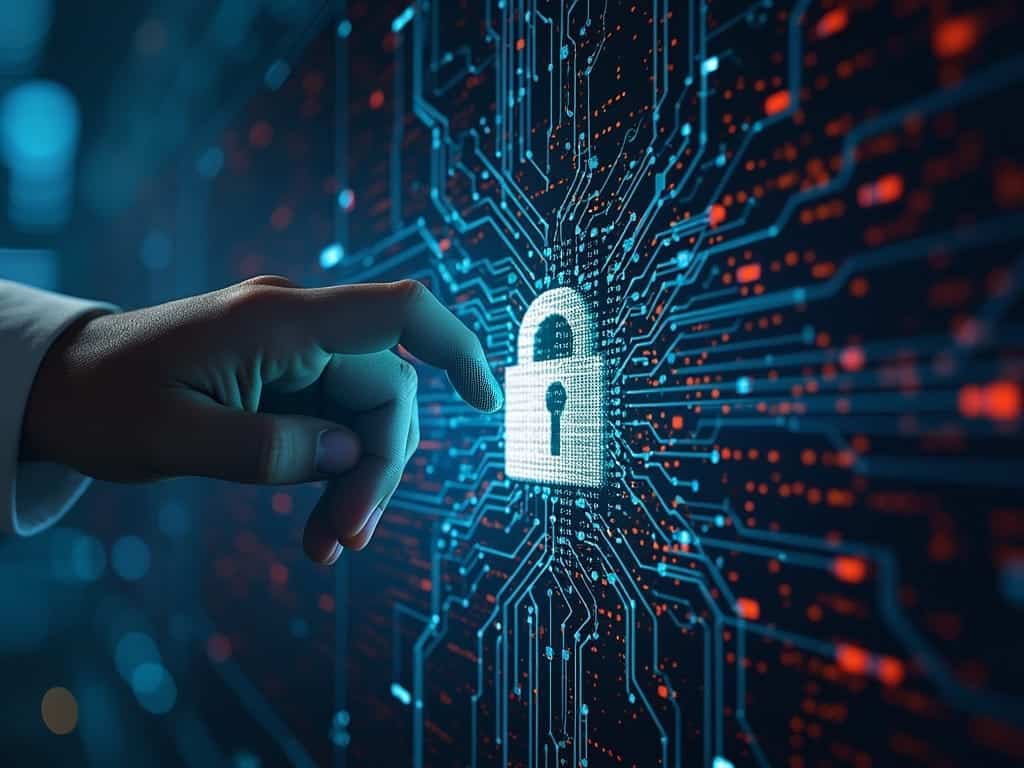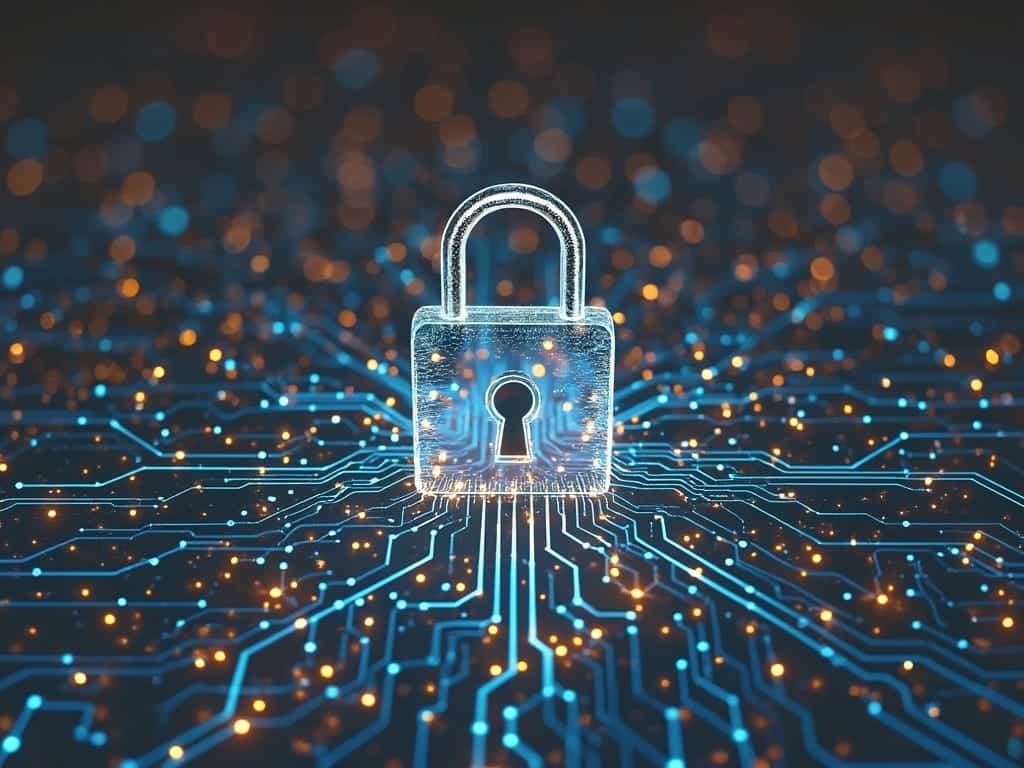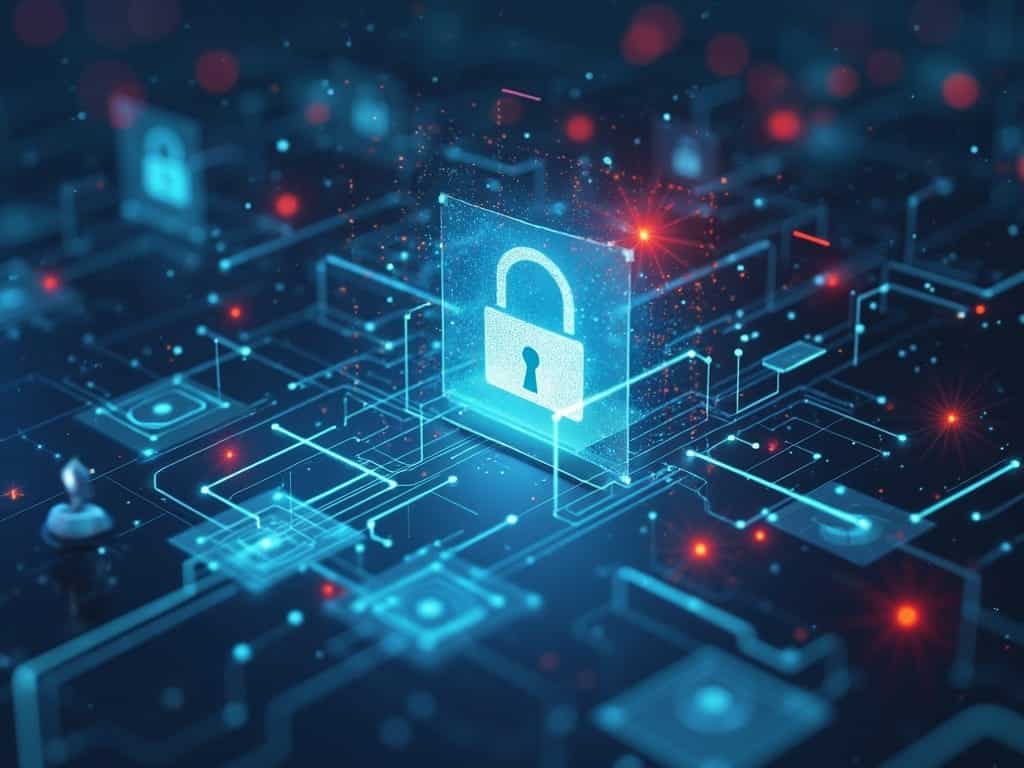Endpoint security demands immediate attention, with organizations experiencing a 400% surge in endpoint attacks since 2019. Each security breach now costs companies more than $5 million per incident. Remote work adoption and the rise of connected devices have made every endpoint a potential security weakness, making strong protection vital for business survival.
Key Takeaways:
- Remote work growth and personal device usage creates major endpoint security risks
- Current threats mix attack methods, including advanced malware, ransomware, and phishing tactics
- Complete protection requires modern antivirus software, latest-generation firewalls, EDR tools, and data encryption
- Continuous security reviews, automated monitoring, and employee training strengthen endpoint security
- Smart endpoint security tools must combine full protection with smooth integration and easy scaling
The Rising Threat Landscape: Why Endpoint Security Matters Now
Modern Endpoint Challenges
Endpoints represent any device connecting to your network – from traditional computers and laptops to smartphones and IoT devices. Each connection point creates a potential access route for cybercriminals. I’ve seen attackers specifically target these vulnerable entry points because they often contain sensitive data and provide direct network access.
Threat Statistics and Impact
Recent data from CrowdStrike shows a 400% increase in endpoint attacks since 2019, with malware and ransomware leading the charge. The average cost of an endpoint breach now exceeds $5 million per incident, according to IBM’s Security Report. These numbers paint a clear picture: protecting endpoints isn’t optional – it’s essential.
Here are the primary factors driving endpoint vulnerability:
- Remote work expansion creating more dispersed network access points
- Personal device use in professional settings
- Growth in IoT devices connecting to corporate networks
- Advanced persistent threats targeting specific endpoints
- Social engineering attacks focusing on end-user devices
The rapid shift to remote operations has transformed every connected device into a potential security risk. Mobile devices now store as much sensitive data as traditional computers, making them prime targets. Attackers have noticed this trend, with Symantec reporting that mobile malware variants increased by 54% in the past year.

Common Cyber Threats Targeting Your Endpoints
Attack Types Every Business Should Guard Against
Modern endpoints face sophisticated attacks daily that can cripple operations and compromise sensitive data. I’ve identified several critical threats that demand immediate attention.
Malware and ransomware remain the most frequent attack vectors, with ransomware incidents increasing by 80% in 2022. These attacks encrypt valuable data and demand payment for restoration.
Phishing schemes have grown more refined, often mimicking legitimate business communications to steal credentials. Here are the primary threats I see targeting endpoints:
- Malware variants that bypass traditional antivirus software
- Ransomware strains targeting specific industries
- Social engineering tactics exploiting human psychology
- Zero-day exploits attacking unknown vulnerabilities
- Man-in-the-Middle attacks intercepting network traffic
- Advanced Persistent Threats (APTs) maintaining long-term access
- DDoS attacks overwhelming network resources
- Insider threats from compromised employees
These attacks often combine multiple techniques. For example, a typical attack might start with a phishing email (social engineering) that delivers malware, which then establishes a backdoor for APTs. The threat landscape shifts rapidly, making static security measures insufficient. I recommend implementing layered security controls and regular security awareness training to counter these evolving threats effectively.

Essential Components of Strong Endpoint Protection
Core Security Building Blocks
I recommend implementing four critical security elements to create solid endpoint protection. Modern antivirus software acts as your first defense line by detecting and removing malware, ransomware, and other threats in real-time. A properly configured firewall filters network traffic and blocks unauthorized access attempts to your endpoints.
Here are the fundamental components needed for comprehensive protection:
- Advanced antivirus software with behavioral detection capabilities
- Next-generation firewall with application control
- Endpoint Detection and Response (EDR) tools for threat hunting
- Full-disk encryption and file-level encryption protocols
EDR solutions provide deeper visibility into endpoint activities while enabling quick threat response. Data encryption serves as your last protection layer by making information unreadable to unauthorized users, even if devices are compromised or stolen.
Building Your Endpoint Security Strategy
Core Security Policies
A strong endpoint security foundation starts with patch management. I recommend automated software updates to close security gaps quickly. Implement strict password requirements including minimum length, special characters, and regular changes. These basic steps create immediate protection for your endpoints.
Training and Response Protocols
Staff training forms a critical defense layer. Here are the essential components of an effective security awareness program:
- Monthly phishing simulations
- Quarterly security best practices workshops
- Clear procedures for reporting suspicious activity
- Regular security policy reviews
- Basic threat identification training
Emergency response plans should detail exact steps for security breaches. Assign specific roles to IT team members and create communication channels for quick incident reporting. I suggest testing these protocols quarterly through simulated incidents to ensure your team stays prepared.

Selecting an Endpoint Security Solution
Essential Selection Criteria
I recommend focusing on four main factors before investing in endpoint security software. First, assess your growth plans to ensure the solution can handle increased device numbers without performance issues. The deployment process should require minimal downtime and technical expertise from your team.
Consider these critical evaluation points for potential vendors:
- Support for your existing security tools and infrastructure
- Clear pricing structure with no hidden costs
- Track record of regular updates and patch releases
- Quality of technical support and response times
- Real-time threat monitoring capabilities
- Automated incident response features
Your chosen solution must work seamlessly with current systems while offering flexibility for future security needs. Look for vendors who demonstrate consistent product development and maintain strong customer satisfaction ratings. The right endpoint security platform will balance comprehensive protection with straightforward management options.

Strengthening Your Security Posture
Essential Security Measures
A strong security setup needs constant attention and specific actions to stay effective. I recommend starting with core security practices that form the foundation of your defense strategy.
Here’s what you need to focus on to build a reliable security system:
- Run security assessments monthly to spot potential weaknesses before attackers do
- Set up automated monitoring tools to track system activity 24/7
- Install threat detection software that can identify and respond to threats in real-time
- Update all security tools and software immediately when patches become available
- Create detailed incident response plans for different types of security breaches
- Train staff regularly on security protocols and emerging threats
- Back up critical data daily and store copies in secure, off-site locations
- Review and update access permissions quarterly
These steps work together to create multiple layers of protection. Regular monitoring helps catch suspicious activities early, while proactive threat detection stops many attacks before they cause damage. I’ve found that combining automated tools with human oversight provides the most reliable protection against current security threats.
Remember to adjust your security measures based on new threats and your organization’s changing needs. Keeping security protocols current helps maintain strong protection against emerging cyber risks.

Related Posts

Managed IT Service Contracts: Essential for Business Efficiency and Security
Managed IT Service Contracts: Essential for Business Efficiency and Security Managed IT service contracts are essential for businesses that depend on technology to optimize their business

The Importance of IT Training for Your Staff: Enhancing Skills and Efficiency
IT training boosts employee productivity by 40% while strengthening staff retention and customer satisfaction. Skilled employees handle complex tasks independently, which cuts support costs and

IT Setup for Startups: Essential Steps for Success
IT Setup for Startups: Essential Steps for Success A well-planned IT setup is crucial for startups aiming for long-term success. As companies grow, their IT
